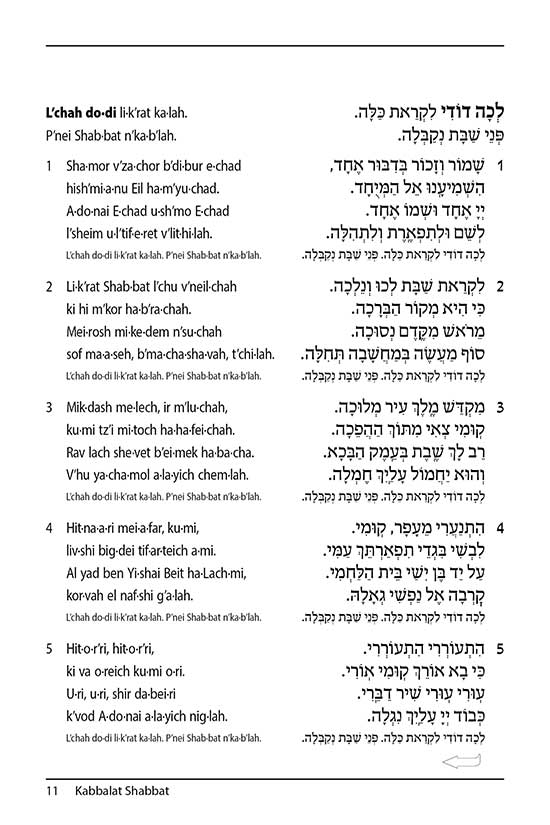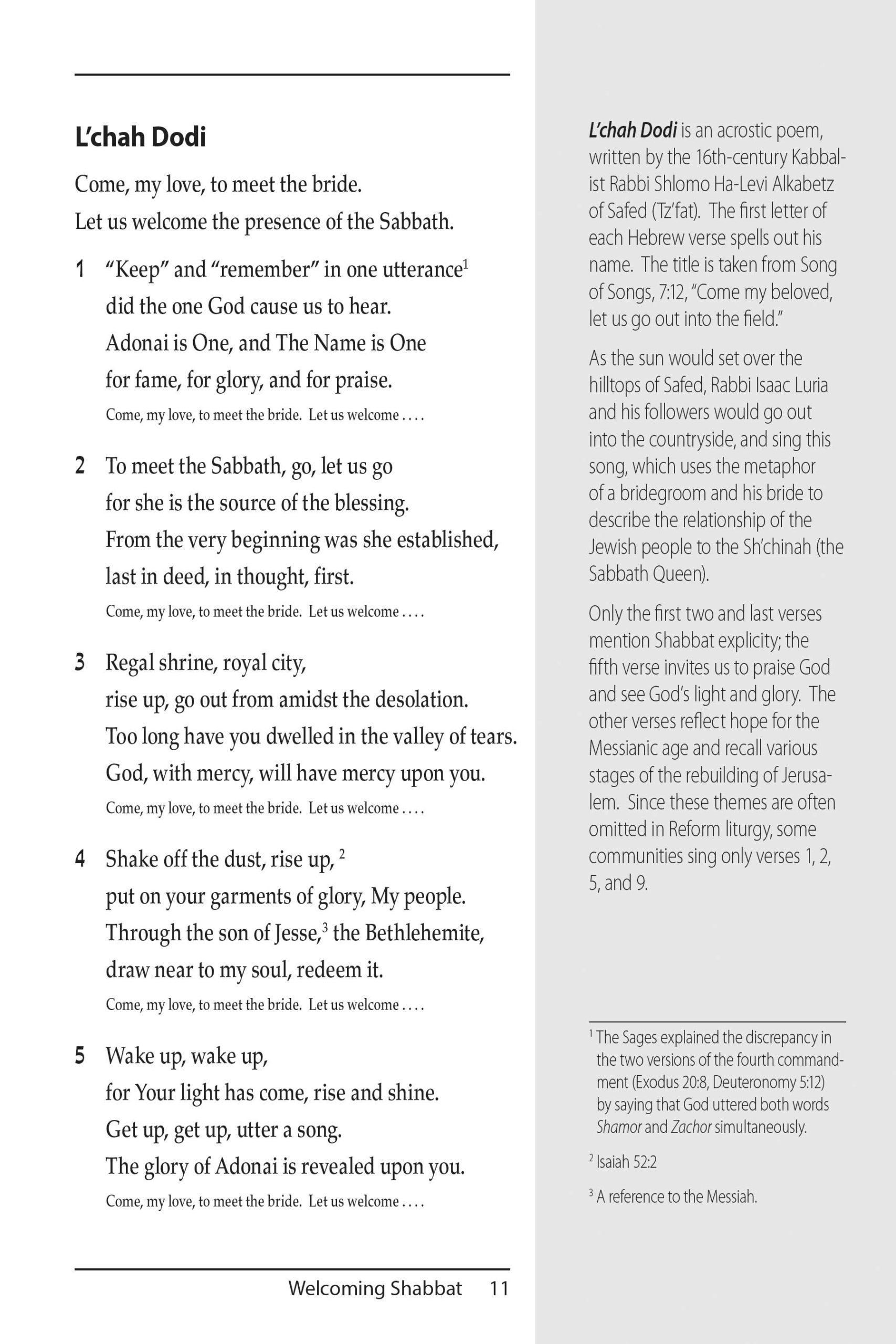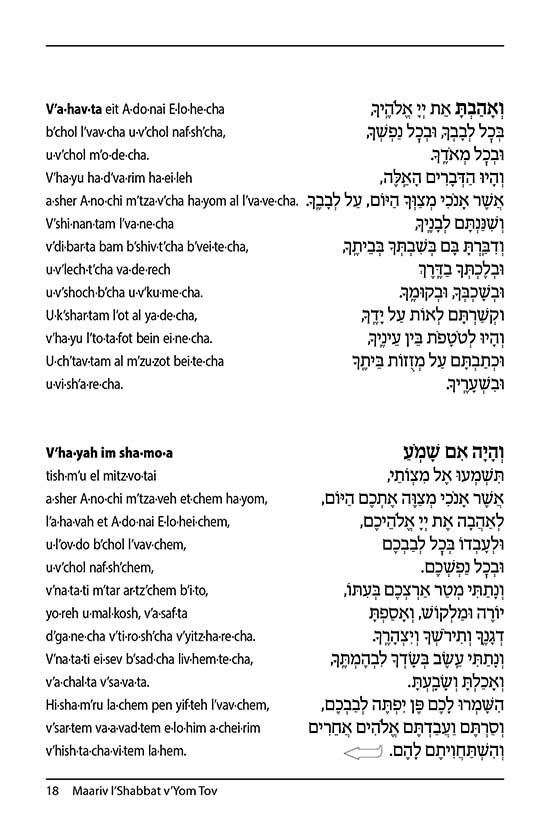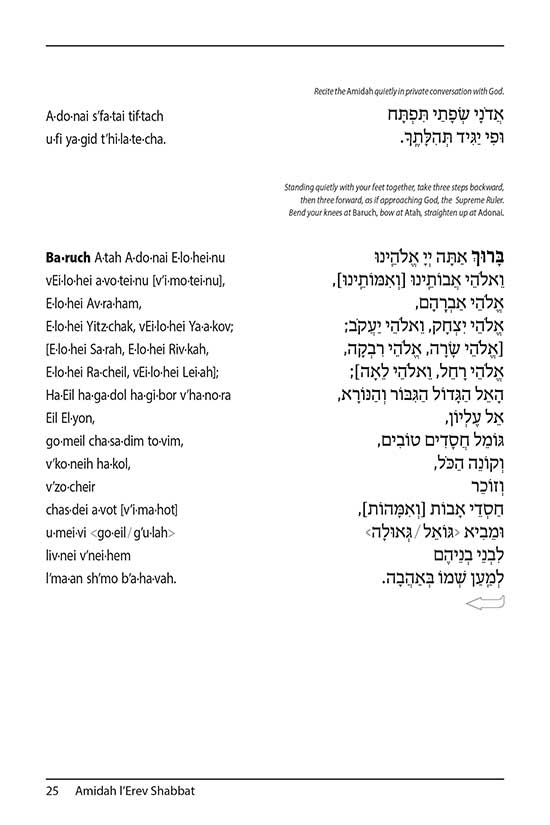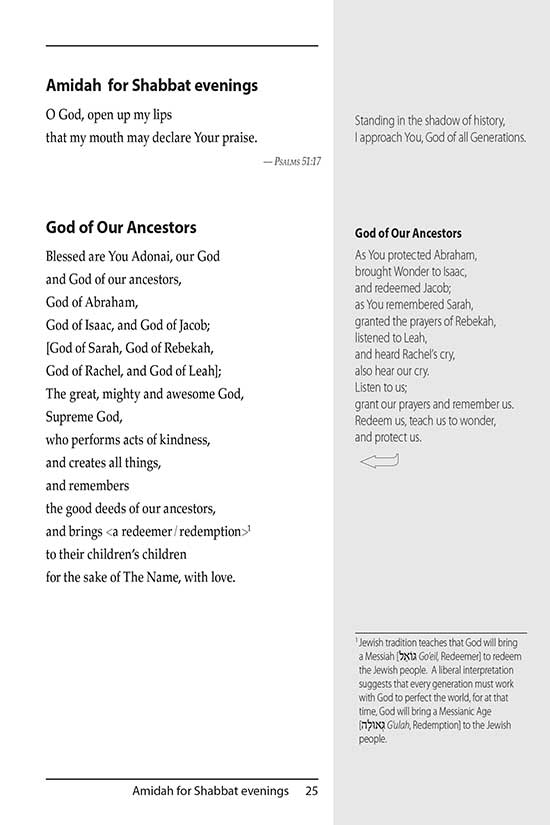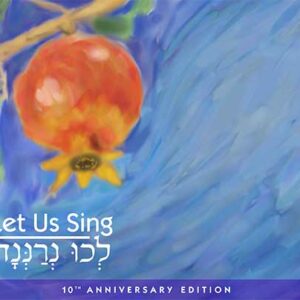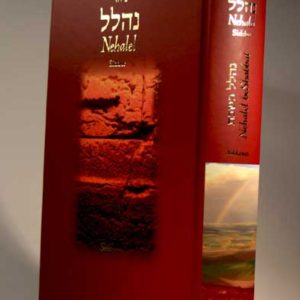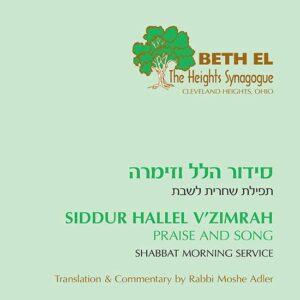Description
Why a transliterated siddur?
For as long as siddurim have been published, authors have struggled with how to make them accessible to as many people as possible. The first obvious step was translation, and most siddurim of the late 20th Century were translated, even in the ultra-Orthodox world. But in the last few decades, many people have entered synagogues without the ability to decode Hebrew.
So: in 1993, the havurah movement came up with a new layout for the first fully transliterated siddur: Chaveirim Kol Yisraeil, otherwise known as “the purple siddur.” The format was a four-column spread, with Hebrew, translation, and transliteration on the same line; the fourth column was commentary.
In 2000, that siddur was expanded to include Birkat HaMazon, and came out in a hardback edition. In 2009, the same havurah movement published L’chu N’ran’nah (Let Us Sing), possibly the richest bencher ever published, using a similar format.
Today’s Siddur Chaveirim Kol Yisraeil includes Mincha for the first time, as well as an Amidah for festivals, so it truly works for every Friday night and for all choices a minyan might make. And it is priced to make it accessible for any group without a large budget! It does not include benching and kiddushes, which are all in L’chu N’ran’nah.

